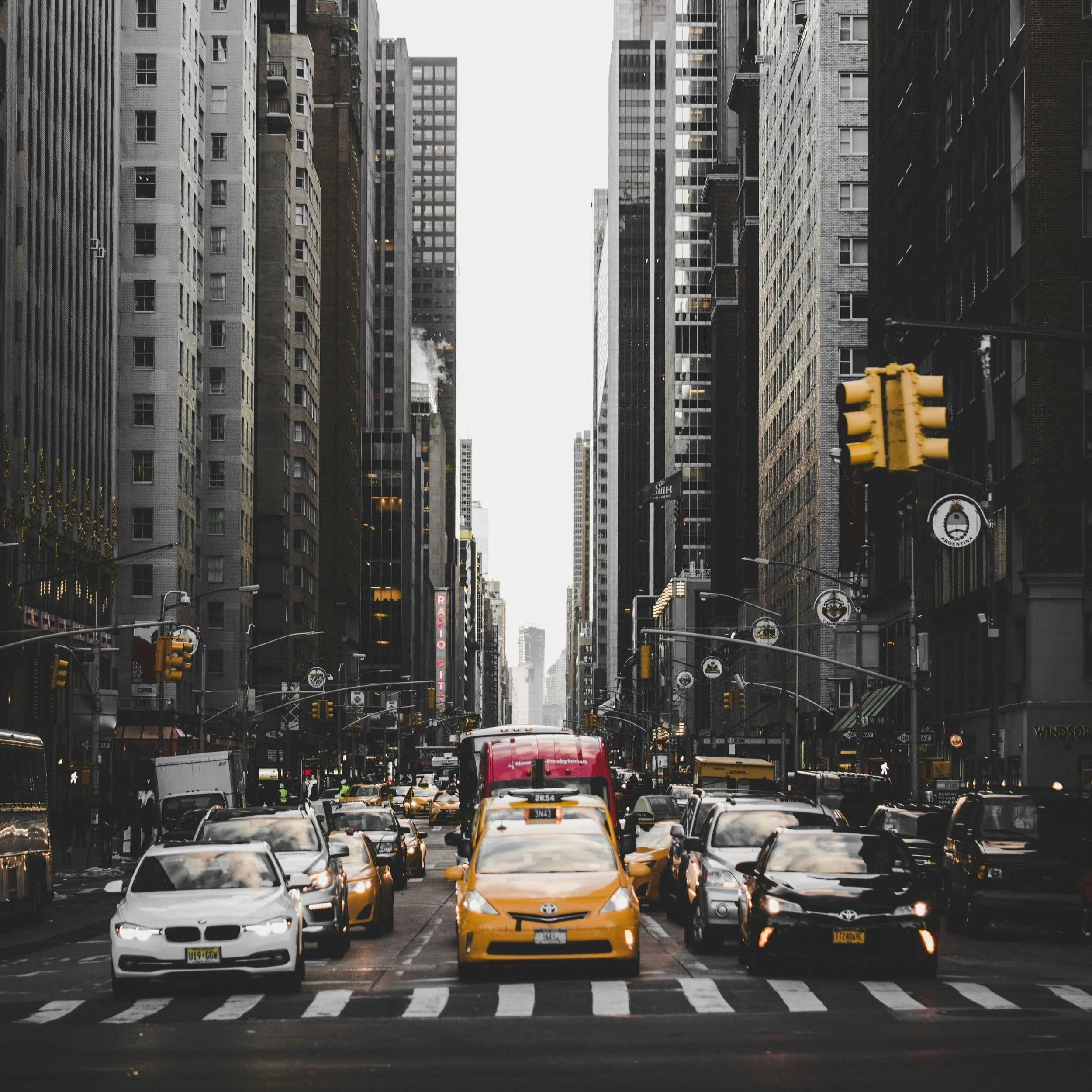Congestion Pricing Comes to America
After decades of discussion, heated arguments for and against, and multiple lawsuits, congestion pricing began in New York this week. The congestion pricing plan levies a toll on all vehicles entering Manhattan below 60th Street. New York is the first city in the country to implement congestion pricing, although a few other places around the world, notably London, Stockholm, and Singapore, have similar plans.
The idea to impose a tax for driving in areas prone to heavy traffic came from a New Yorker well over half a century ago. Columbia University professor William Vickrey introduced the concept of congestion pricing in the 1950s. Over the next fifty years, New York leaders would occasionally float the idea again. But it was largely ignored until the first decade of the twenty-first century, when Mayor Michael Bloomberg came up with a plan for congestion pricing. It won the support of the city council and Governor David Paterson but faltered in the New York State Assembly.
A decade later, Governor Mario Cuomo reintroduced the idea as a way to solve several problems at once. In addition to easing congestion and reducing air pollution from automobile exhaust, Cuomo saw congestion pricing as a way to fund much-needed improvements in the city’s transportation system, the Metropolitan Transportation Authority (MTA). This time the plan moved further along the chain of required approvals, clearing the state hurdle in 2019. But it also required federal approval, and then-President Donald Trump was not in favor. The COVID-19 pandemic, which turned the New York City business district into a ghost town, temporarily made congestion pricing a nonissue.
The idea resurfaced as workers slowly returned to the office, once again clogging the city’s streets and turning New York into the most congested city in the nation, if not the world. Simultaneously, funding for the MTA became more crucial than ever. Congestion pricing was starting to make sense to some people, whereas others remained vehemently opposed. The latter group insisted on environmental impact studies and brought lawsuits claiming unfair burdens on commuters and outlying communities. One by one the issues resolved, paving the way for final approval of congestion pricing.
I thought I would be writing this story six months ago. Congestion pricing was slated to begin on June 30, 2024. E-ZPass readers and other equipment to facilitate collection of the fee from drivers entering the congestion zone were being installed at the cost of half a billion dollars. Then suddenly, on June 5, Governor Kathy Hochul issued a “pause,” stating that the fee would be too onerous for an economy still recovering from the pandemic.
After the November election, Governor Hochul lifted the “pause,” fueling speculation about the political motivation for her earlier action. The governor announced a lower toll: $9 at peak times instead of the $15 that had been slated for the June launch. The new start date for congestion pricing was January 5, 2025.
The impact of congestion pricing won’t be obvious for a while. It began on a Sunday, when traffic into the city is less than on weekdays. Snow the next day followed by days of bone-chilling wind and subfreezing temperatures, rather than the fee, may have prompted some commuters to work from home or take public transportation into the city.
The longevity of congestion pricing remains certain. A few last-ditch legal challenges are not yet settled. The biggest threat, however, is re-election of a president who vowed to eliminate congestion pricing. Whatever the outcome, one thing is certain: New York was the first city in the United States to implement congestion pricing, although many years after it was initially suggested.
